Seven books to improve your UX writing
Share:
Writing is a part of design. Words, when used well, are one of the most powerful design tools you have. As Scott Kubie, the first author on this list, writes:
[words] convey deeply complex meanings in a compact space. They load fast. They’re easy to manipulate and easy to transmit. And the best part is, you don’t have to invent any of them! You just have to use them.
So, if you’re new to writing, or want some help, here are seven books that will improve your writing.
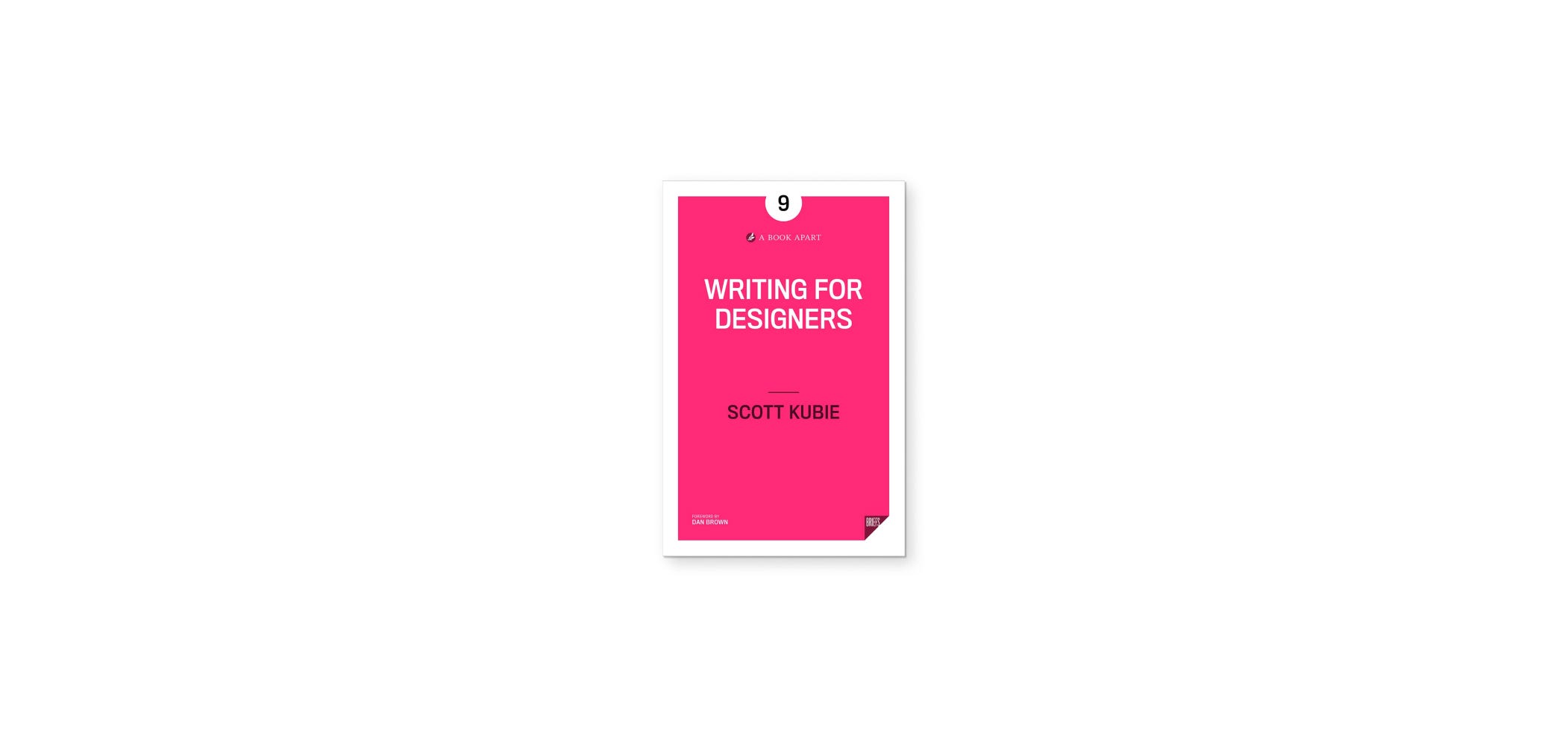
1. Writing for Designers — Scott Kubie
This is a short punchy book by the amazing publishing house A Book Apart. It covers everything you need to know when writing for digital products: coming up with ideas, creating a structure, and having a repeatable workflow.
Kubie breaks down the categories of writing you might encounter (interface, product and marketing copy) and the stages of the writing process (preparing, composing, editing and finishing) and dives deep into each. He also provides structured worksheets that can help serve as an “anchor in the storm” when on a tricky project.
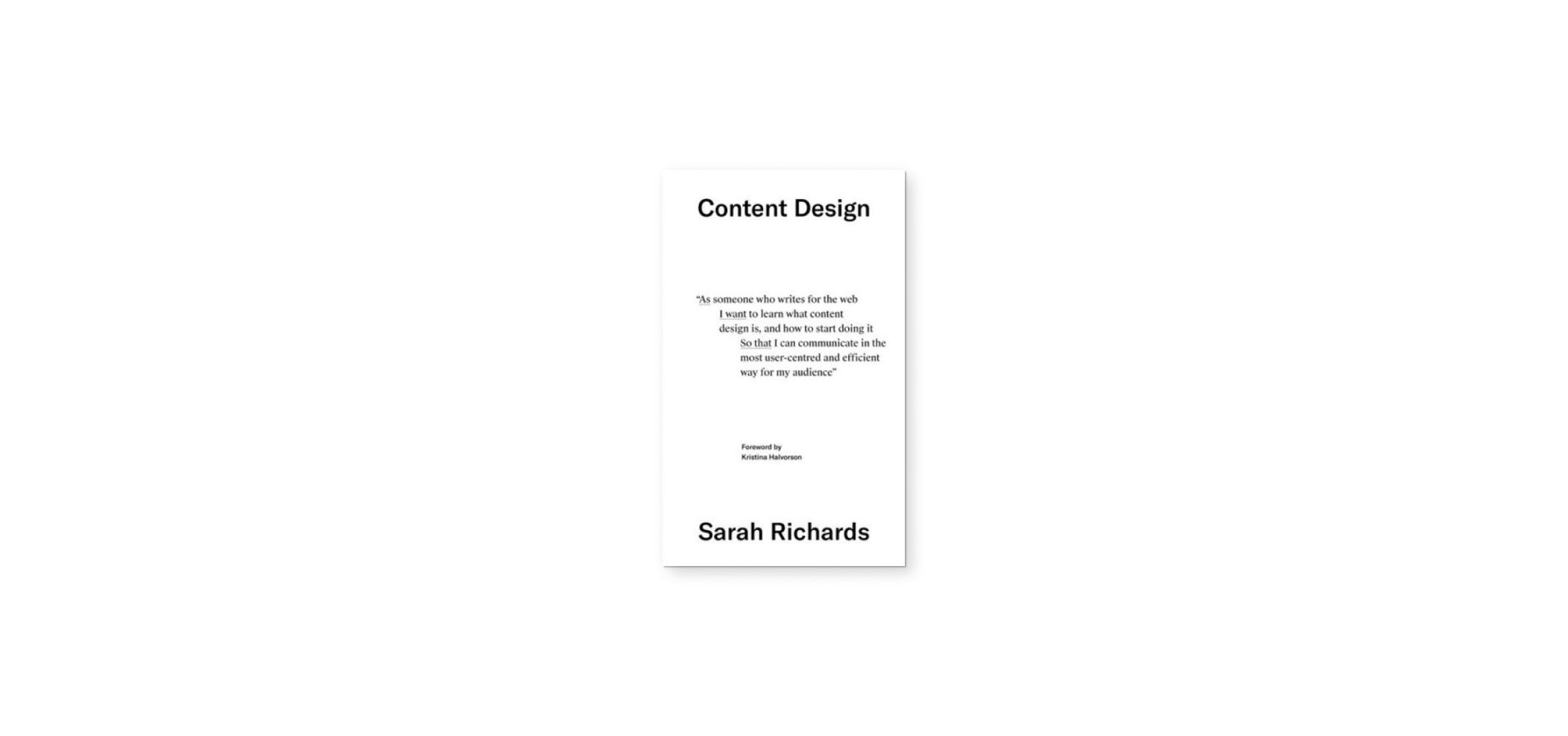
**2. Content Design — Sarah Winters (**was Richards)
In Winters’ own words, Content Design is “using evidence and data to produce content your audience needs, at the time they need it, on a channel they are on and in a way they expect.”
Winters covers different tools and techniques from many different disciplines to create a user-centred, accessible experience. Much of what she covers will be familiar to experienced UXers — but this short book will nonetheless change how you think about and strategise with content.
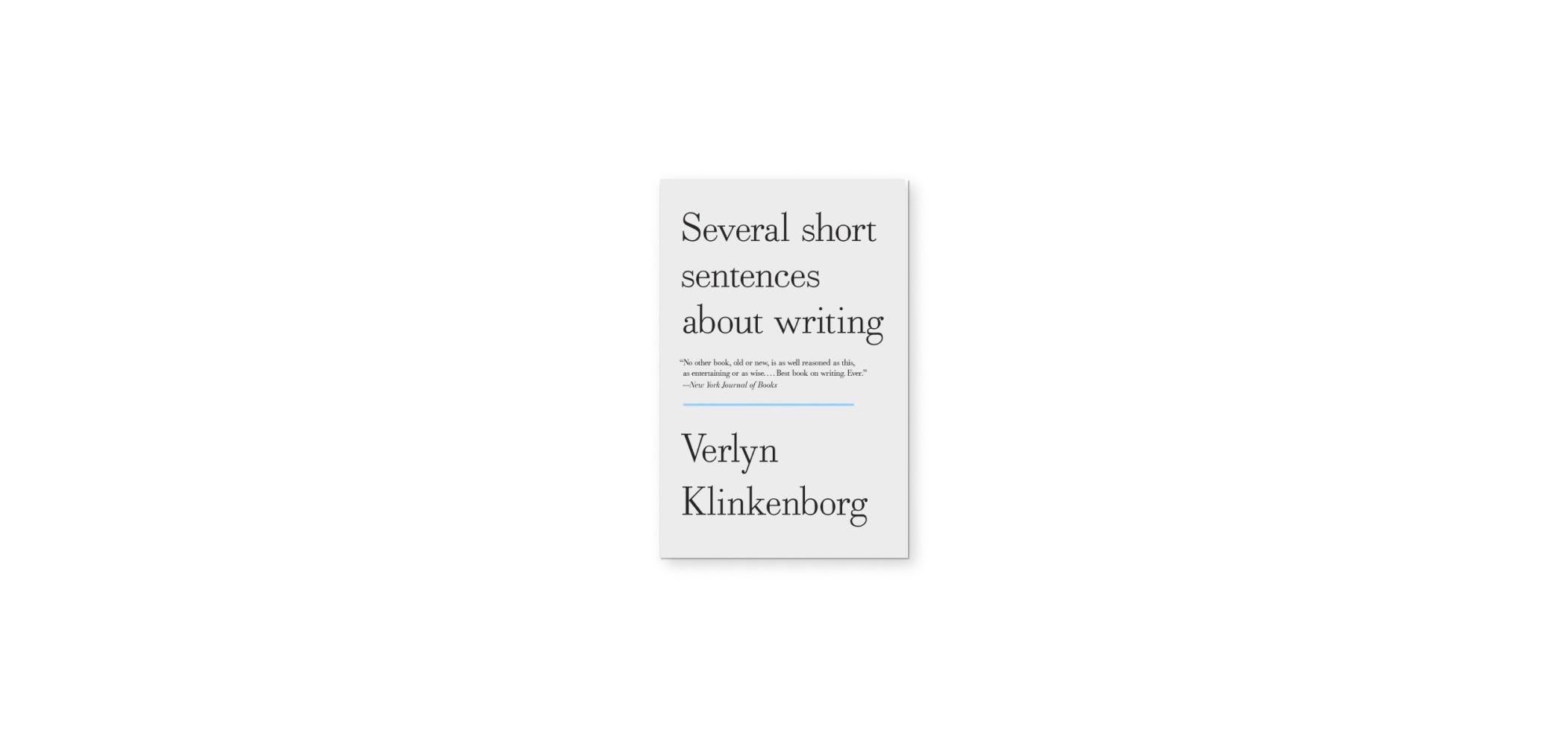
3. Several Short Sentences on Writing — Verlyn Klinkenborg
The New York Journal of Books called this “The best book on writing, ever.” It goes against most conventional wisdom about writing. Most of my writing experience came from churning out academic essays when studying philosophy at university. This book helped me unlearn that.
It will show you how to understand what sentences are doing, and how to make sentences work for you. As Klinkenborg says, “The only link between you and the reader is the sentence you’re making.”
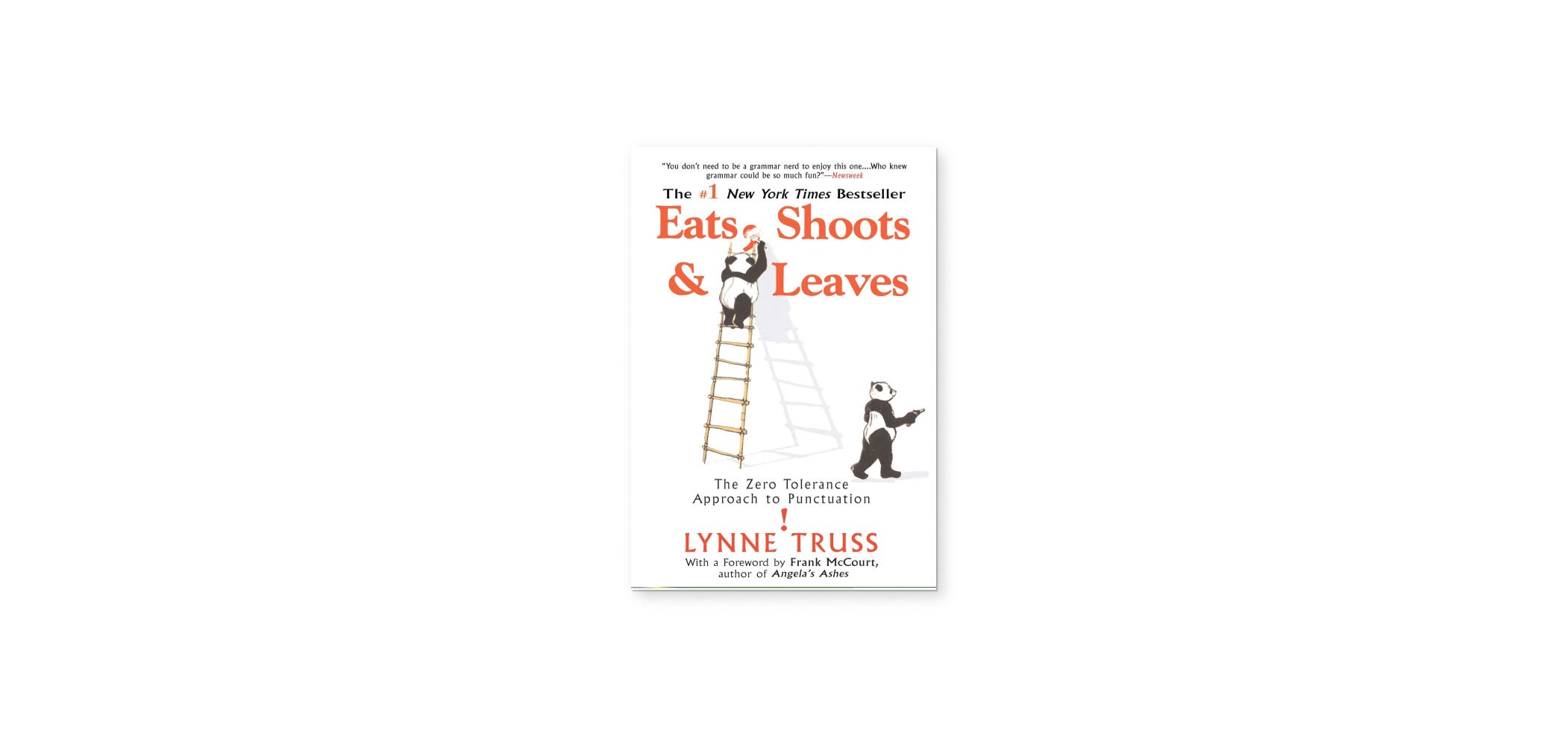
4. Eats, Shoots and Leaves — Lynne Truss
It sounds like an oxymoron: this is a book about punctuation which is fun to read. Design benefits from clarity; correctly understanding punctuation will make your writing, and therefore your design work, more clear.
As Truss writes:
We have a language that is full of ambiguities; all our thoughts can be rendered with absolute clarity if we bother to put the right dots and squiggles between the words in the right places. Proper punctuation is both the sign and the cause of clear thinking.
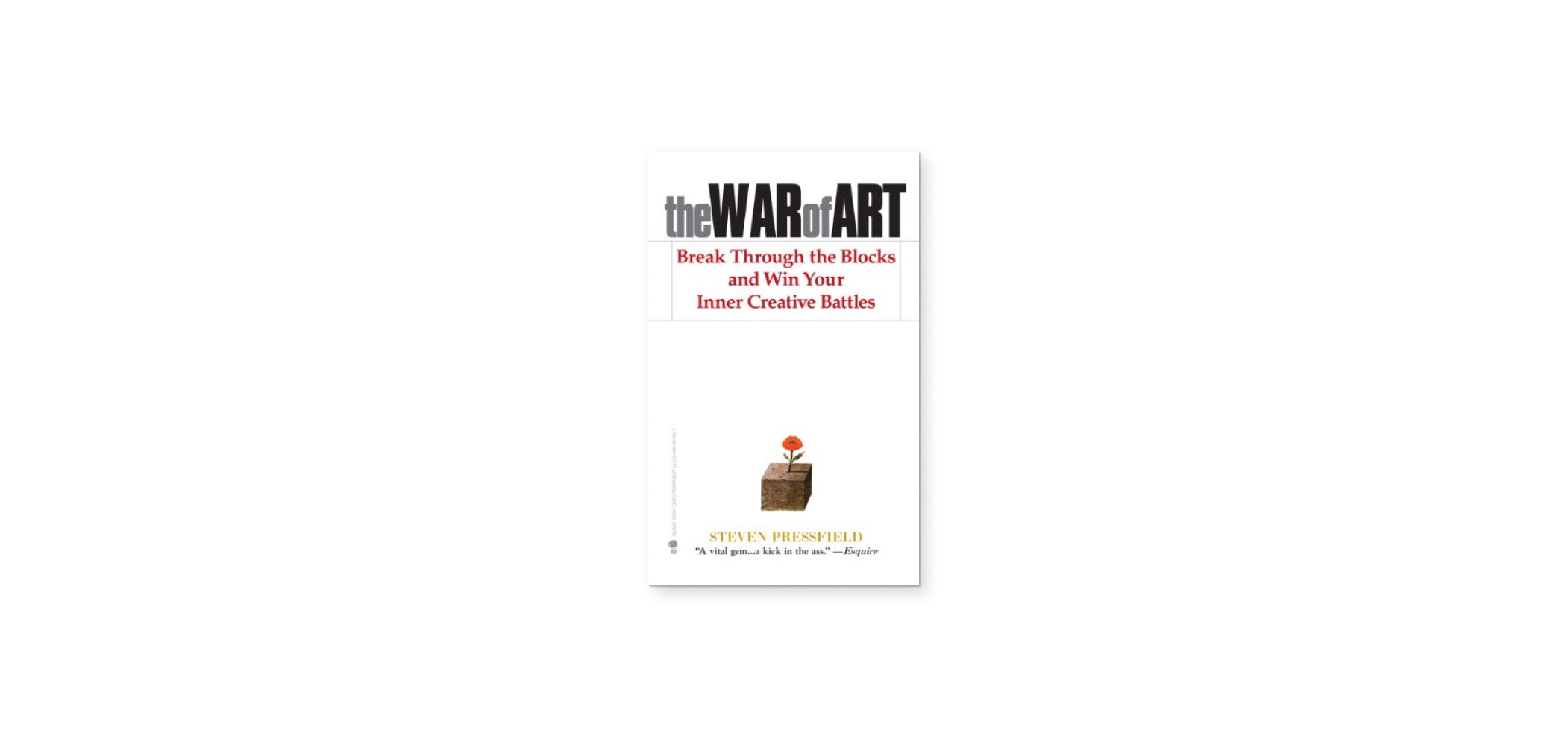
5. The War of Art — Steven Pressfield
I wanted to sneak this one in. Although not specifically about UX writing, it’s a must-read for any writer, or really, for anyone undertaking any creative endeavour. Pressfield writes:
There’s a secret that real writers know that wannabe writers don’t, and the secret is this: It’s not the writing part that’s hard. What’s hard is sitting down to write. What keeps us from sitting down is Resistance.
Read this book. Battle Resistance every single day. Some days you might even win.
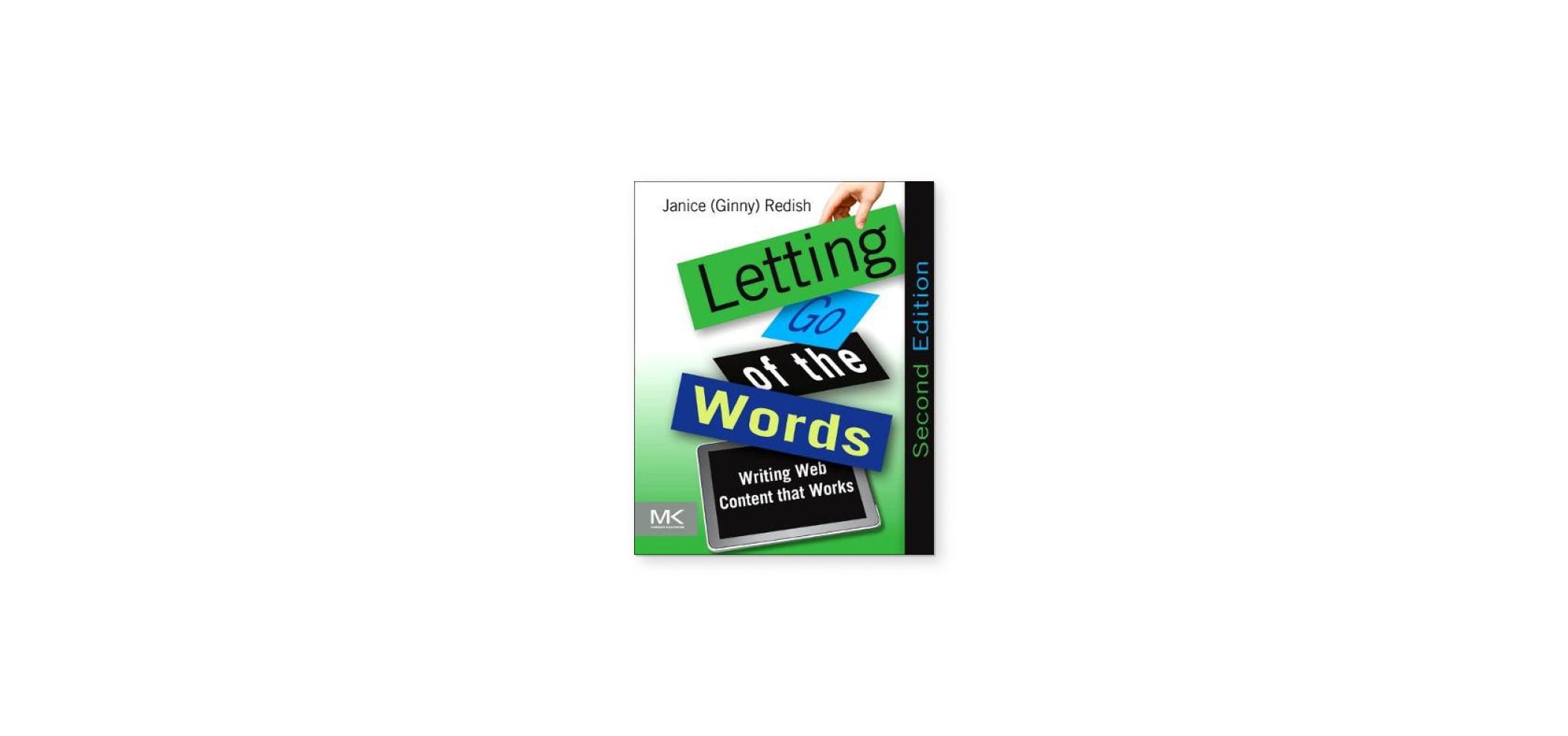
6. Letting Go of the Words — Ginny Redish
Being a good writer doesn’t mean you’ll be a good writer for the web. This book is a masterclass in creating content specifically for websites. It’s all about letting go of words, so that the ones you’re left with will actually be read by visitors to your website.
Redish presents clear guidelines and actionable advice, along with many before and after examples. Take a sneak peek at a chapter from her website here about focussing in on key conversations and messaging.
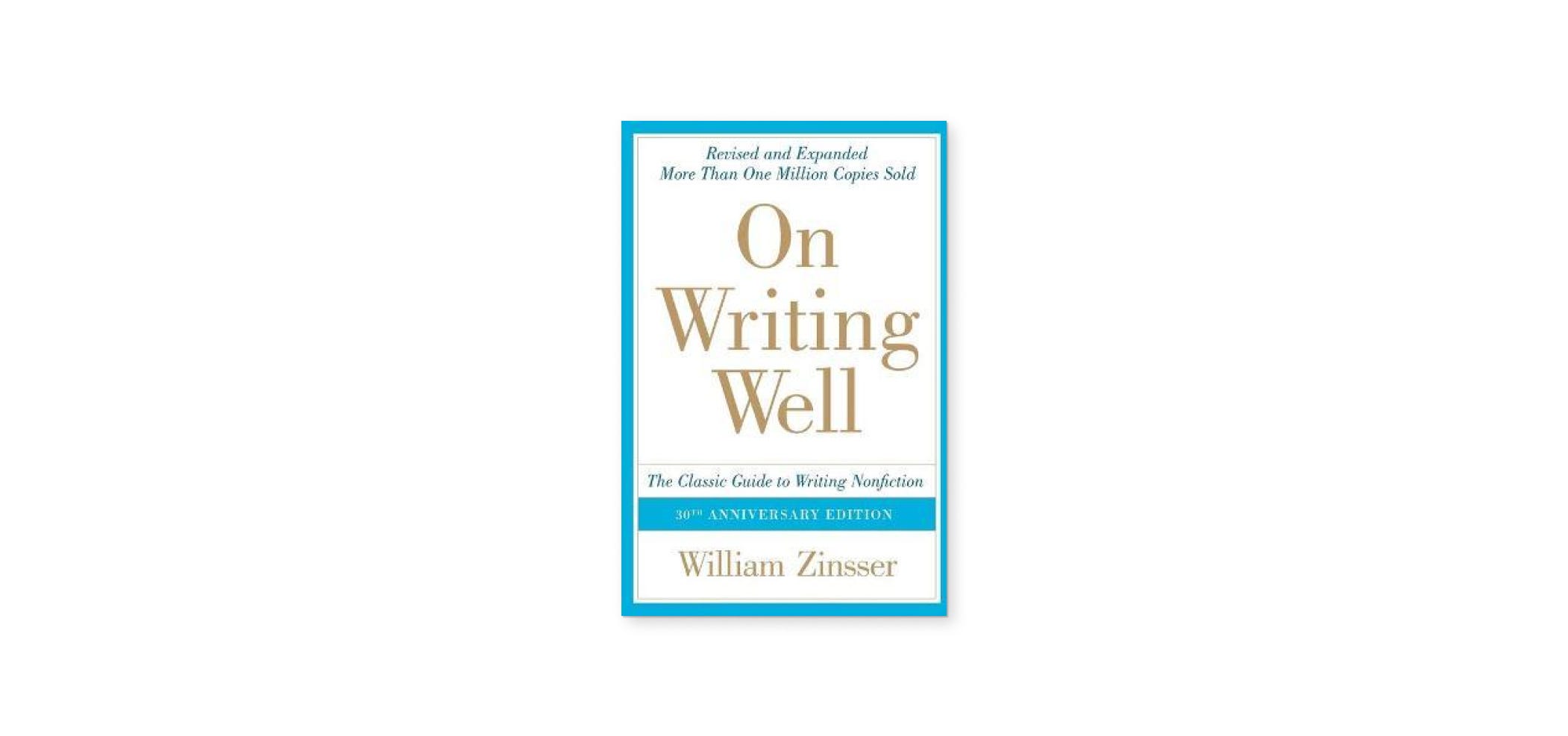
7. On Writing Well — William Zissner
“Clutter is the disease of American writing. Fighting clutter is like fighting weeds.” Zissner’s book is long, but remains the classic text on writing non-fiction for a reason. Again, it’s not specific to UX writing, but I wanted to include it on this list as it nonetheless is full of useful advice that makes it great for dipping in and out of.